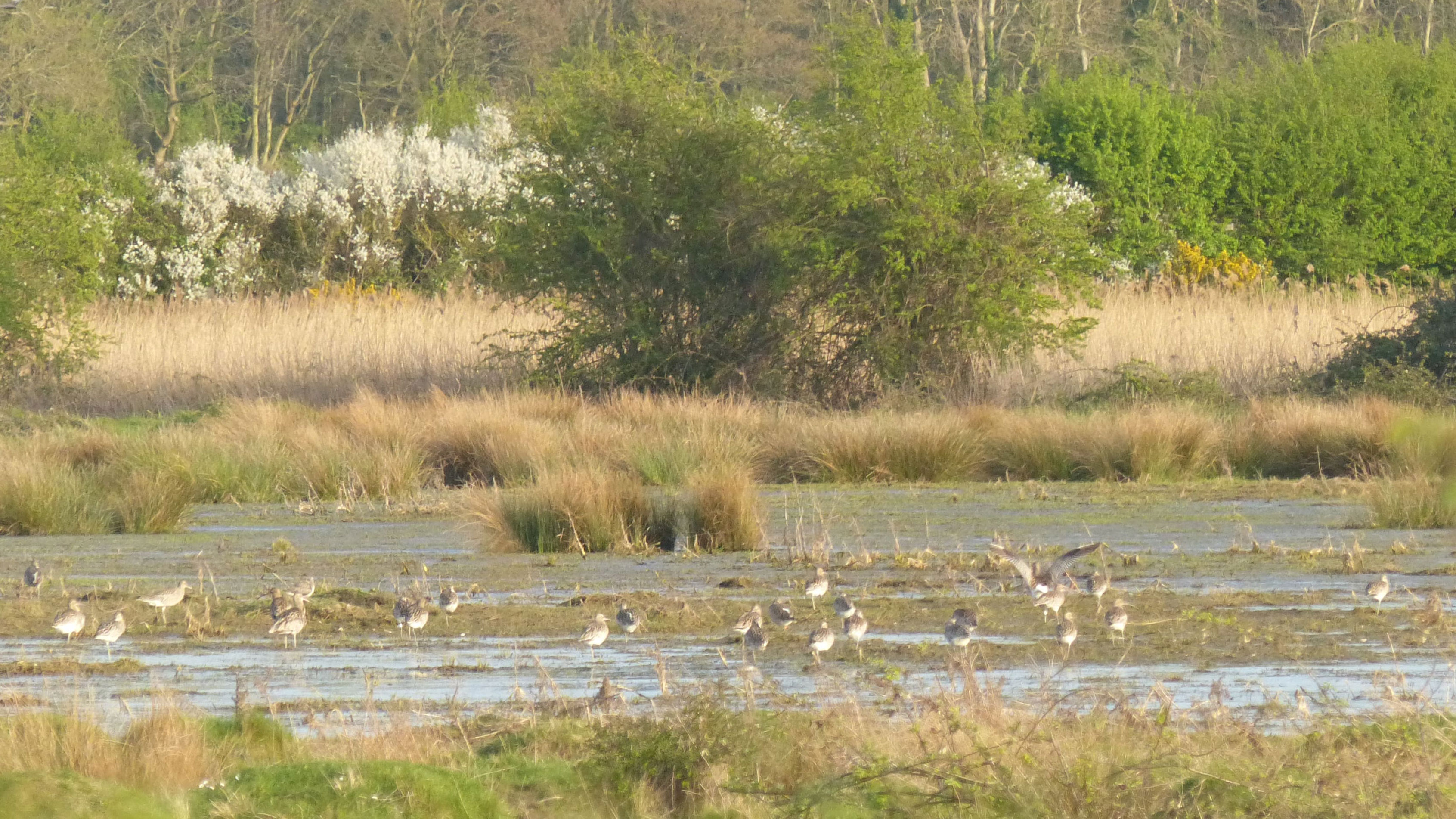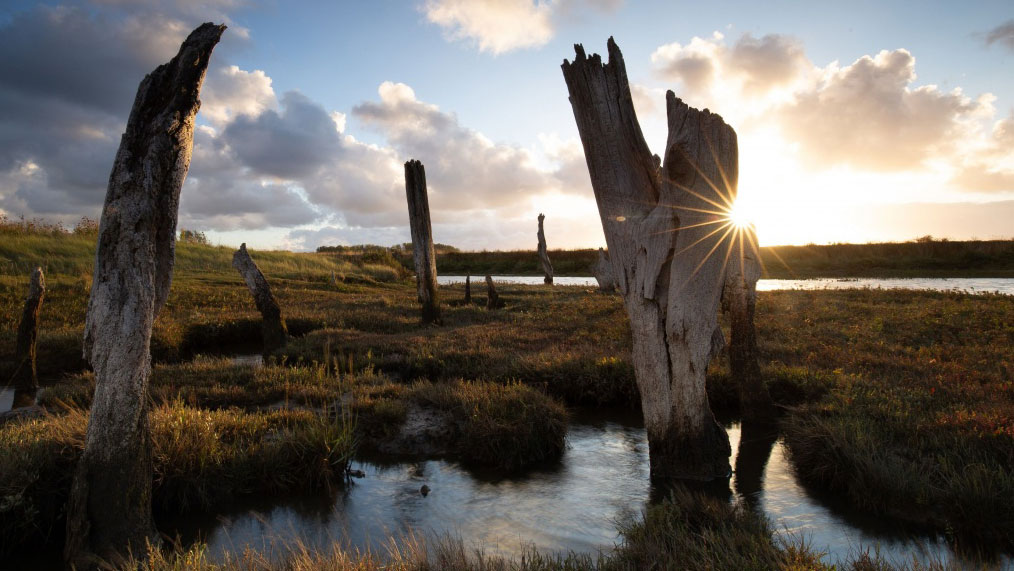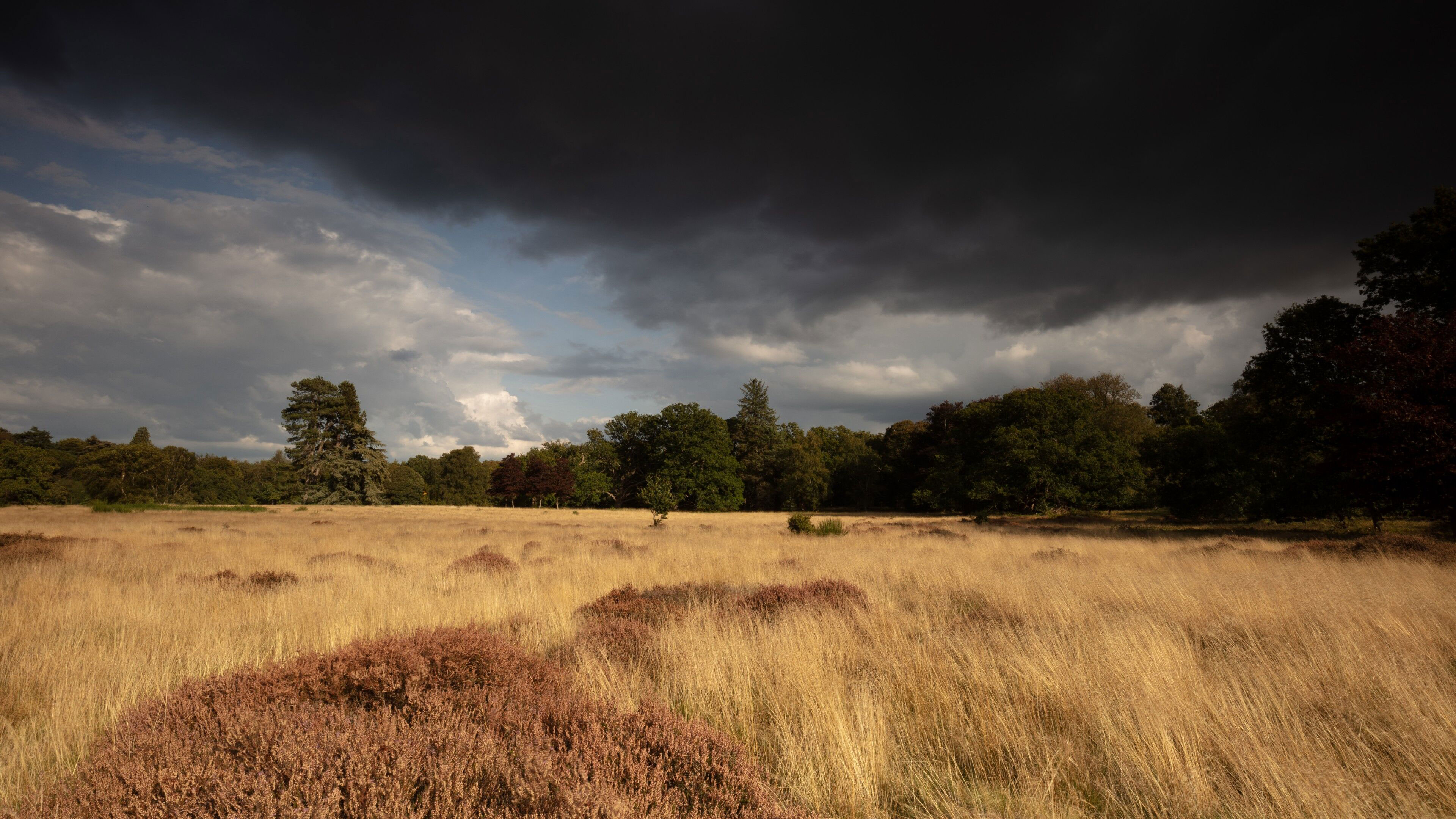
I always start my presentations on rewilding by explaining that traditional nature conservation practices on their own are not enough to ensure significant wildlife recovery in Britain.
I feel I can say this because I've been engaged in such conservation – habitat creation, nature reserve management, environmental planning policy, agricultural stewardship schemes – for more than 40 years. In that time, I've been involved in thousands of projects across the UK.
Goodness knows where we'd be without the countless such initiatives carried out by conscientious landowners and experts from hundreds of organisations for many decades. But the simple truth is that we are still going backwards on climate change mitigation and biodiversity.
We therefore need something else alongside traditional nature conservation – and that something needs to be affordable. We do not have the resources to keep managing more and more nature reserves and pockets of isolated habitat intensively. The complementary approach we need is rewilding, the large-scale restoration of ecosystems to the point where nature can take care of itself.
At Rewilding Britain, we are aiming to increase core rewilding areas from the current figure, which is significantly less than 1%, to 5% of Britain's land area. We would like to see that connected to and buffered by a full 25% of Britain's land area consisting of broader nature-friendly land, and marine uses including farming, forestry and fishing.
A network for nature
To help achieve this 5% rewilding, we established the Rewilding Network in November last year. It now consists of nearly 40 large-scale projects covering more than 93,077ha, along with 16 local – usually county-scale – networks.
These projects are a mixture of private estates and farms, government landholdings, and land owned or leased by organisations such as the National Trust and the RSPB. Some of these rewilding sites were already well known, such as Knepp Estate in West Sussex and Wild Ennerdale in Cumbria. A few others were rewilding but not necessarily known for it, including Wild Haweswater in Cumbria and Pirbright Ranges in Surrey. Others were sites that Rewilding Britain helped to start rewilding, such as Wild Ken Hill in Norfolk and Elmore Court in Gloucestershire.
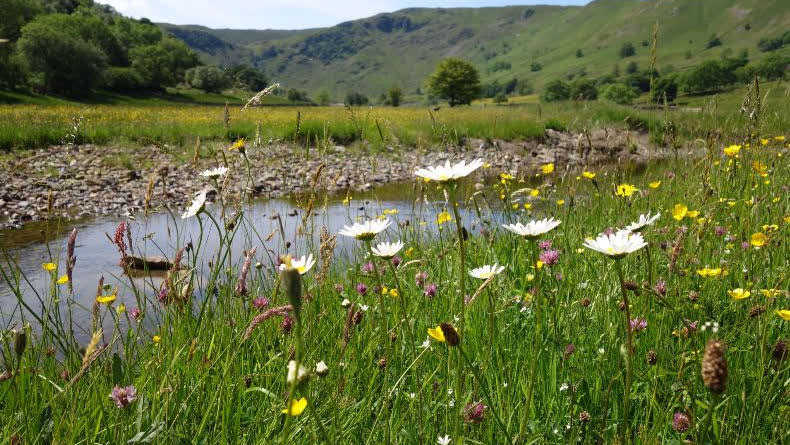
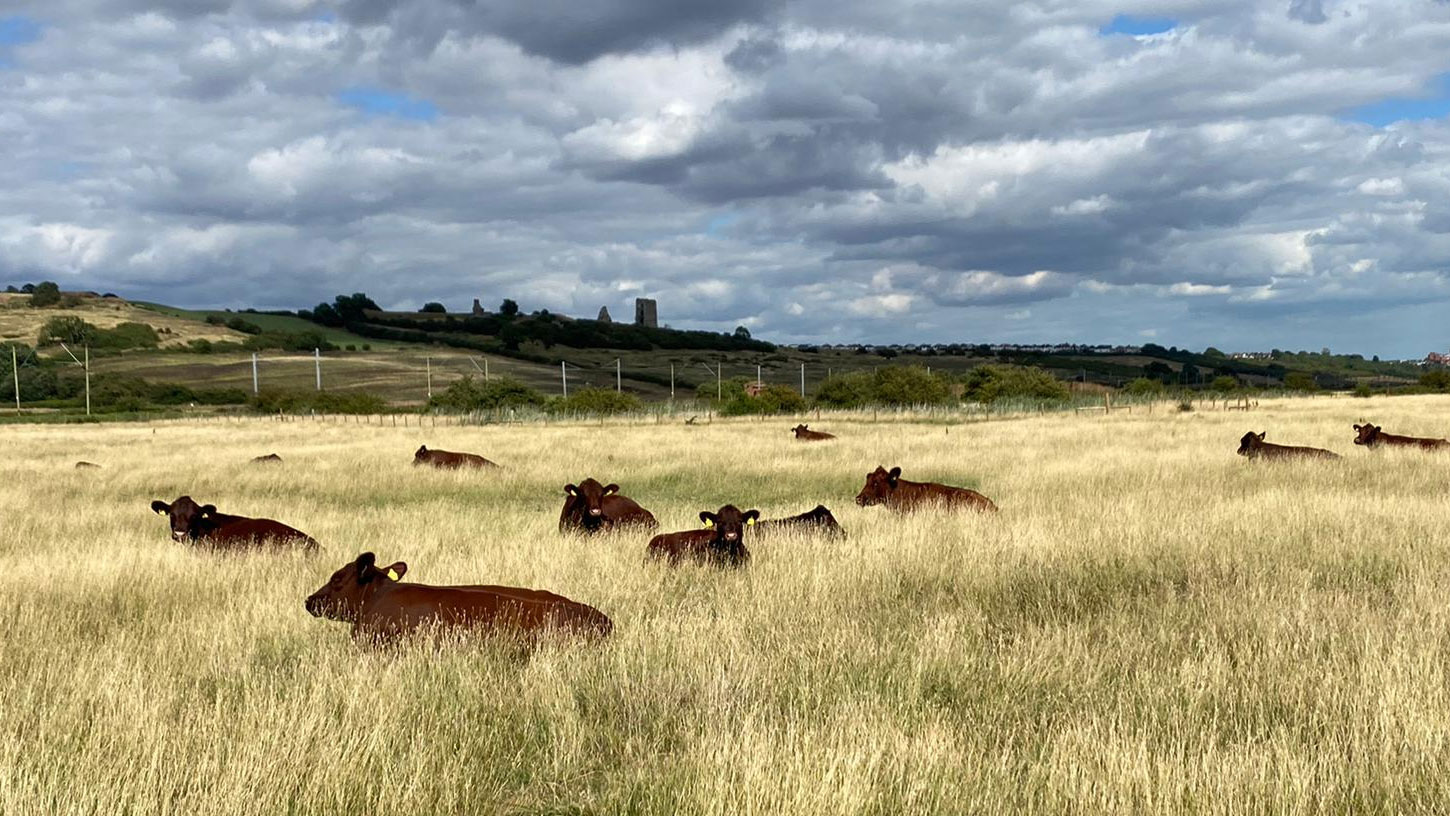
All of these are owned or managed by committed and enthusiastic people who are determined to improve natural conservation on their land, for their own enjoyment but also for the benefit of future generations.
My analysis of the 17 English sites for which we had livestock data in May shows that they all still produce food, and although the total livestock units are now only 55% of those they supported when they farmed traditionally before rewilding, the reduction can all be accounted for by a smaller number of sheep. Numbers of rare-breed cattle, pigs and ponies have actually all increased slightly.
This is because, in the absence of globally extinct species such as aurochs and tarpan and nationally extinct or very scarce species such as bison, elk, beaver and boar, we need small numbers of proxies roaming across large areas of the landscape. By retaining carefully selected and regionally appropriate rare breeds of cattle, pigs and ponies, sites can broadly replicate the grazing, browsing, rootling and trampling activities of those formerly native species.
Given that there are no longer apex predators such as the wolf, the lynx and the bear in Britain, humans effectively assume that role, and harvest small numbers of these livestock animals for food. This reminds us that rewilding represents a spectrum of activity and at this early stage, the vast majority of rewilding sites in Britain are relatively low down that spectrum.
Debunking myths
When people raise the issue of food security regarding rewilding, I always highlight these projects and the grazing animals they support, pointing out that we can achieve 5% rewilding in Britain without affecting genuinely productive farmland. I also remind them that – shockingly – we in the western world waste 40% of the food we produce to eat, and if we're serious about food security this is where we should focus our attention.
Another misconception is that rewilding involves abandoning land and thus does nothing to help rural economies and job markets. Quite the reverse is true in fact. In most cases, rewilding involves diversification of income streams and thus requires a variety of skills. My analysis of more than 20 sites for which we had relevant data in May shows that jobs have increased by 47% in terms of full-time equivalent posts as a result of rewilding, compared with traditional farming.
In addition, the numbers of volunteers engaged with these sites have increased tenfold, which itself has huge benefits for health and well-being. Further analysis shows that as expected, a few sources of income on rewilding sites, such as single farm payments and lamb, dairy and crop sales, have declined, but that more income sources – such as stewardship payments, beef sales, camping and glamping, safaris and nature tourism, bed and breakfast, and educational activities – have increased.
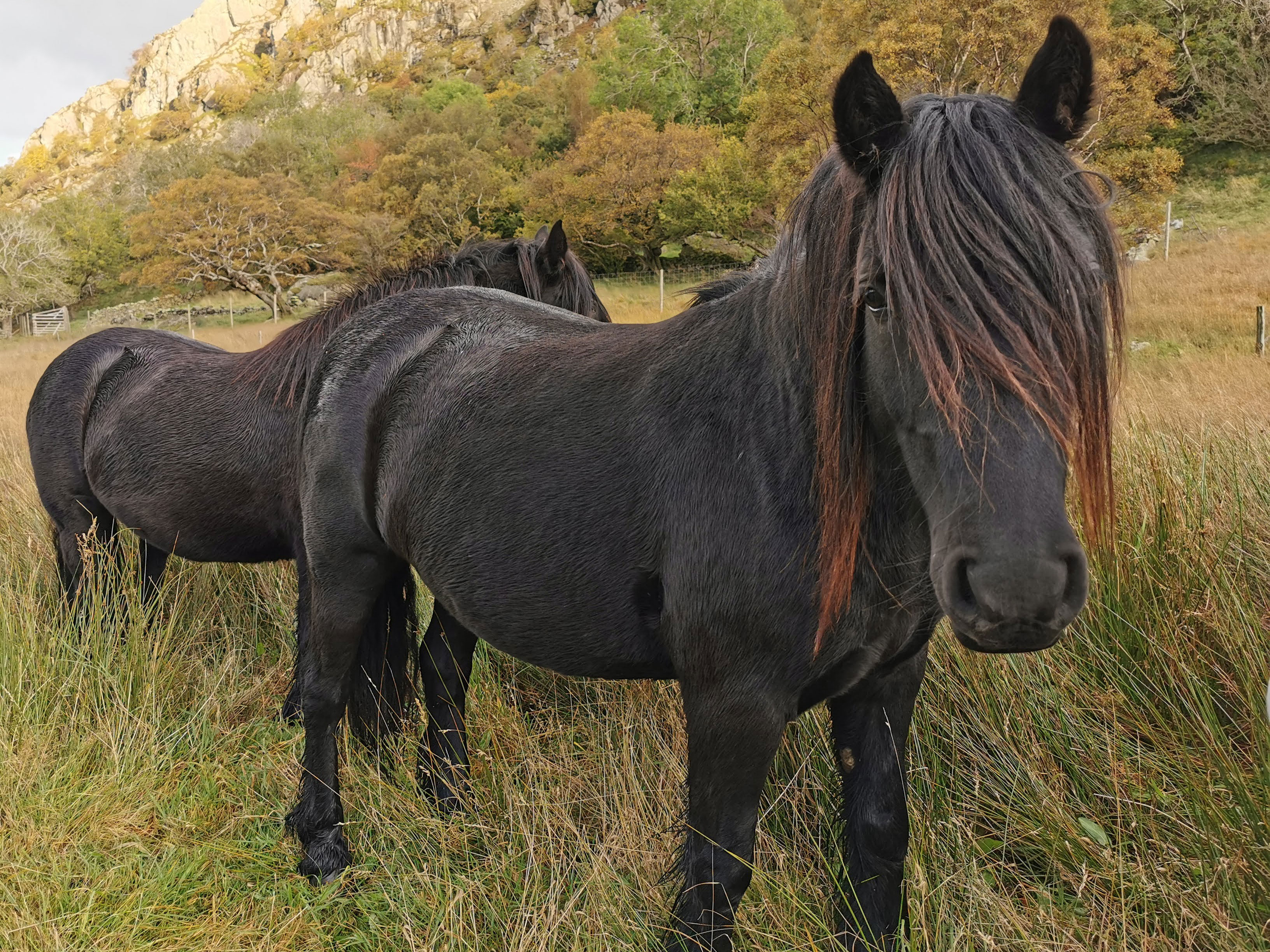
Positive prospects
We continually update the analysis of our figures as more sites are added to the Rewilding Network, and I can confirm the trends are all positive. This is unsurprising given the changes now under way in farming payments with the advent of the post-Brexit Environmental Land Management Scheme (ELMS) in 2024, and the fact that we have barely scratched the surface when it comes to nature-based tourism in this country.
The biodiversity benefits of rewilding are well known, too, thanks to established projects such as Knepp; and because it involves restoring natural processes at scale, rewilding also generates significant ecosystem service benefits such as reduced flood risk, improved water quality, increased carbon sequestration, and more and better health and well-being opportunities.
With the growing body of evidence for the benefits of rewilding, Rewilding Britain has successfully persuaded the government that rewilding should be an option in the landscape recovery component of ELMS, and we have successfully argued for natural regeneration of trees and scrub to be included alongside tree planting in the recent woodland grant scheme offer.
We are delighted with this progress but, as ever, need to know more about the qualifying criteria and quantities of funding available. We will continue to negotiate hard with government on such matters.
In the meantime, I strongly encourage all RICS members to visit us online to find out more about the principles of rewilding and the growing number of practical examples. Larger landowners or clusters of landowners can embrace rewilding across the country, especially on marginal or unproductive farmland. We have a climate emergency and a biodiversity crisis, so we need to act before it's too late.
Prof. Alastair Driver is director, Rewilding Britain
Contact Alastair: Email
Related competencies include: Agriculture, Environmental management, Land use and diversification, Management of the natural environment and landscape
Further information: Previous Land Journal articles on Rewilding include Dr Mark Everard's article on the benefits.

